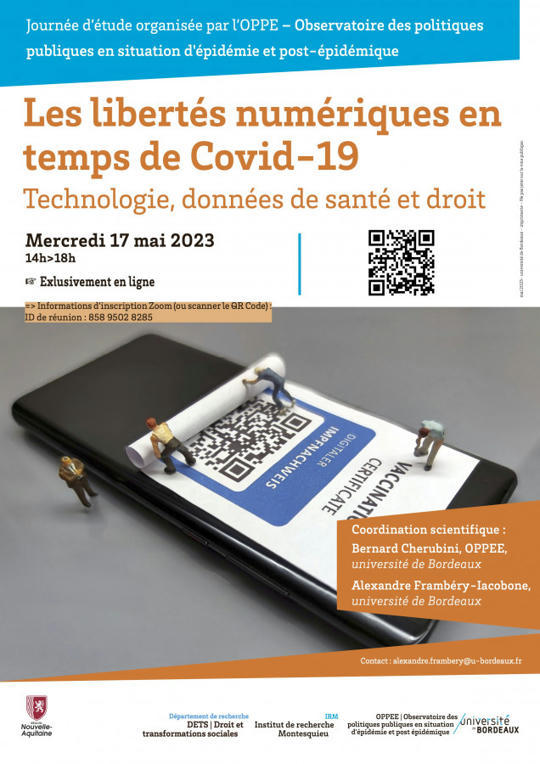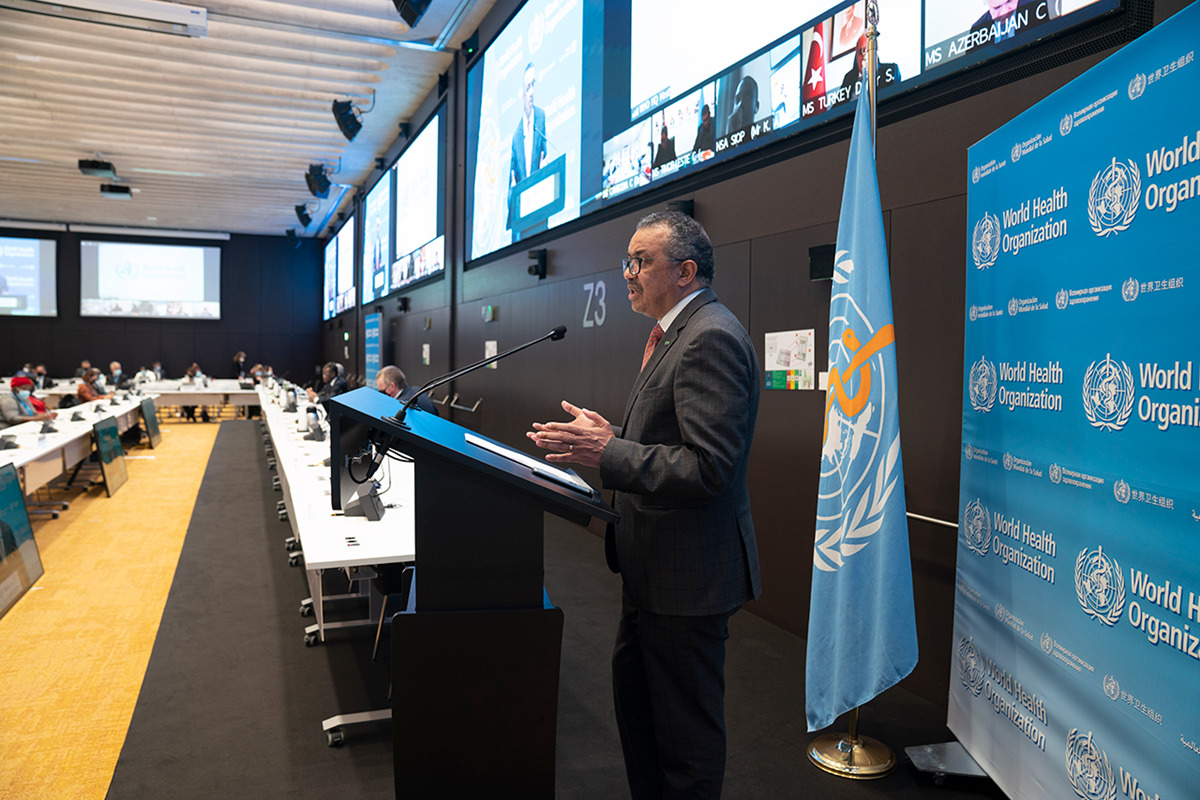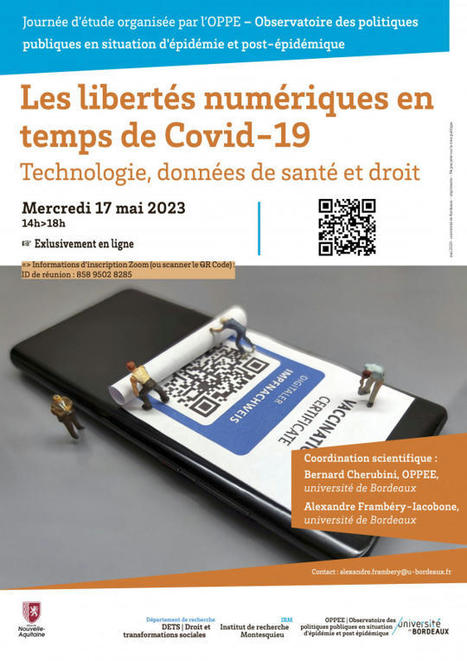Pharmageek

journée d'étude sur les libertés numériques en temps de covid-19. technologie, données de santé et droit, organisé par l'oppee, université de bordeaux ...
Lire l'article complet sur : univ-droit.fr
Background: The WEAICOR (Wearables to Investigate the Long Term Cardiovascular and Behavioral Impacts of COVID-19) study was a prospective observational study that used continuous monitoring to detect and analyze biometrics. Compliance to wearables was a major challenge when conducting the study and was crucial for the results.
Objective: The aim of this study was to evaluate patients’ compliance to wearable wristbands and determinants of compliance in a prospective COVID-19 cohort.
Methods: The Biostrap (Biostrap USA LLC) wearable device was used to monitor participants’ biometric data. Compliance was calculated by dividing the total number of days in which transmissions were sent by the total number of days spent in the WEAICOR study. Univariate correlation analyses were performed, with compliance and days spent in the study as dependent variables and age, BMI, sex, symptom severity, and the number of complications or comorbidities as independent variables. Multivariate linear regression was then performed, with days spent in the study as a dependent variable, to assess the power of different parameters in determining the number of days patients spent in the study.
Results: A total of 122 patients were included in this study. Patients were on average aged 41.32 years, and 46 (38%) were female. Age was found to correlate with compliance (r=0.23; P=.01). In addition, age (r=0.30; P=.001), BMI (r=0.19; P=.03), and the severity of symptoms (r=0.19; P=.03) were found to correlate with days spent in the WEAICOR study. Per our multivariate analysis, in which days spent in the study was a dependent variable, only increased age was a significant determinant of compliance with wearables (adjusted R2=0.1; β=1.6; P=.01).
Conclusions: Compliance is a major obstacle in remote monitoring studies, and the reasons for a lack of compliance are multifactorial. Patient factors such as age, in addition to environmental factors, can affect compliance to wearables.
Lire l'article complet sur : www.jmir.org

Member States of the World Health Organization have agreed to a global process to draft and negotiate a convention, agreement or other international instrument under the Constitution of the World Health Organization to strengthen pandemic prevention, preparedness and response.
Lire l'article complet sur : www.who.int





